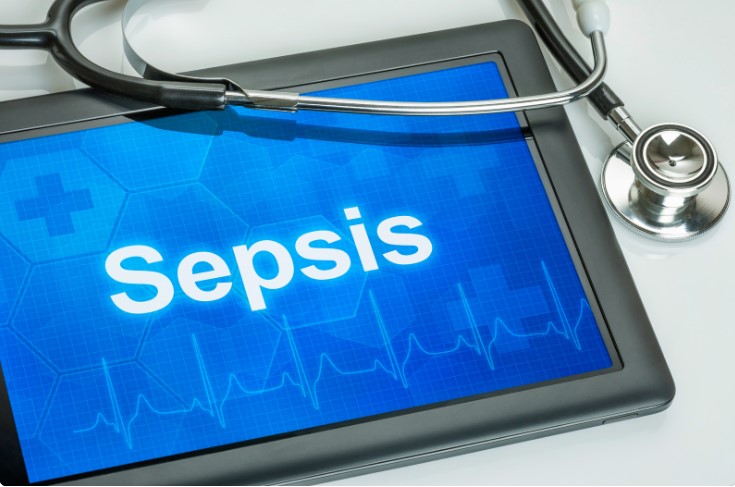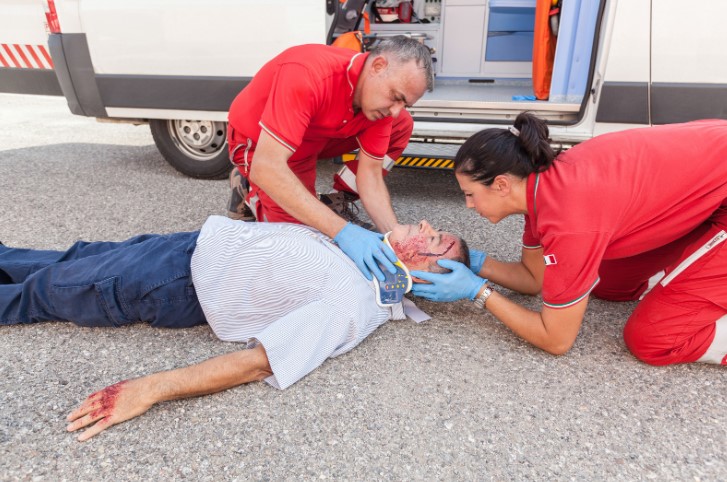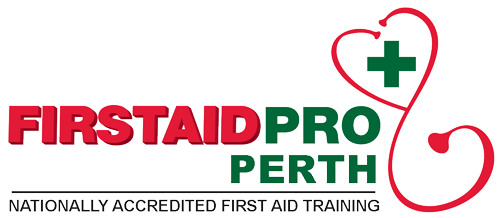How to Perform CPR: The use of CPR steps on someone in a breathing emergency can help keep them alive until medical help arrives.
During a sudden cardiac arrest (SCA), the heart stops abruptly, and the brain is not getting enough oxygen to stay alive. If left without treatment and the brain function is not restored within minutes, there is a chance the person suffers severe consequences.
Cardiopulmonary resuscitation (CPR) works by keeping the person’s blood flowing until further help becomes available. People who undergo first aid training can save lives by using CPR steps.
Why Do We Use CPR?
The main reason for providing CPR is to restore the flow of oxygen-reach blood to the victim’s brain and vital organs following a cardiac arrest.
During a cardiac arrest, the person is not breathing, and their heart is not pumping blood throughout the body. After four to six minutes of insufficient oxygen supply, the brain will die, and biological death can happen right after.
The reason we perform CPR is to keep the brain alive by pumping blood to the brain through high-quality chest compressions and rescue breath. Performing this technique within the critical four-minute window will give someone a higher chance of full recovery.
6 Fundamental Steps Of CPR
Before launching into chest compressions and rescue breathing, take the time to do the following:
1. Call Local EMS Line
Call EMS (Triple zero – 000), stay clear of any hazards and tell dispatch what you know.
2. Check the environment
Check for exposed electrical wires, weapons, guns, air contamination, and other deadly or pointy objects. Ensure that these are out of the way to ensure everyone’s safety, including yourself.
Then follow these steps until an ambulance or a higher medical authority arrives on the scene.
3. Verify The Person’s Consciousness
Check if the person is conscious or unconscious by shouting or tapping on the shoulder. Look for any signs of breathing and pulse.
Ask other bystanders on the scene to get an AED (automated external defibrillator) as you start CPR.
4. Perform Chest Compressions
Chest compressions come first in performing CPR. It allows the person’s blood to circulate while waiting for further help. Without it, the victim’s organs will fail within minutes.
To start, kneel behind the person and roll them onto their back. Place your hands flat on the centre of their chest and push straight down in consistent, repetitive motions.
Push down to a depth of no less than two inches and maintain a pace of 100 to 120 beats per minute. One easy method to remember when providing chest compressions is to follow the beat of the Bee Gee’s Stayin’ Alive.
Allow the person’s chest to return to its original position between compressions.
5. Do Rescue Breathing
Rescue breathing is a procedure in which the responder breathes on the victim’s behalf when chest compression is not enough for successful resuscitation.
A person who has been unconscious for an unknown may require rescue breathing to stay alive.
Begin by pinching the person’s nose and covering their mouth with yours to establish an airtight seal. Breathe into their away for one full second and wait for the chest to rise.
Once the chest rises, breathe for the second time. Repeat the process, along with compressions.
6. Continue The Cycle Of Compressions And Breathing
Continue alternating between chest compressions and rescue breathing for five full cycles or about two minutes. Do it until a defibrillator (AED) is available, the person regains consciousness, or emergency professionals arrive.
Get Your CPR Certificate Today
Cardiopulmonary resuscitation is a lifesaving procedure performed to restore the person’s heartbeat. Knowing this technique significantly increases the chances of survival during cardiac emergencies in the absence of a medical professional.
As easy as these steps are, not anyone can do this effectively. Dealing with human life is a sensitive matter, which is why it is vital to undergo CPR training. Learn how to perform proper CPR and gain certification at the end of the class.
The First Course Canberra will provide you the skills, confidence, and certification you need to be prepared in any emergency.
Click here to reserve a seat in a CPR class.








